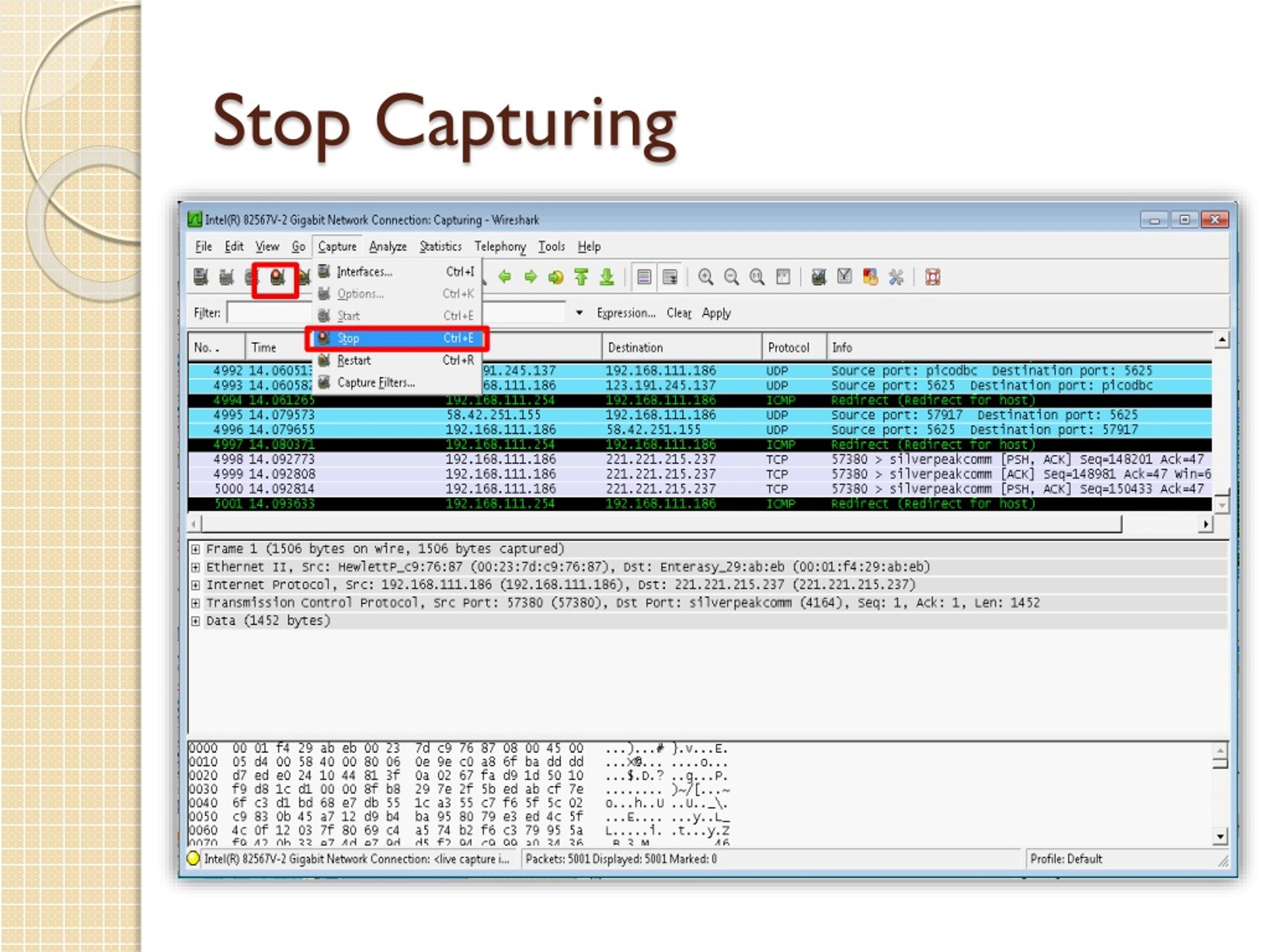

- #Wireshark filter destination ip address generator#
- #Wireshark filter destination ip address manual#
If you need a display filter for a specific protocol, have a look for it at the ProtocolReference. The master list of display filter protocol fields can be found in the display filter reference. The basics and the syntax of the display filters are described in the User’s Guide. Wireshark uses display filters for general packet filtering while viewing and for its ColoringRules.
#Wireshark filter destination ip address generator#
The String-Matching Capture Filter Generator DiscussionīTW, the Symantec page says that Blaster probes 135/tcp, 4444/tcp, and 69/udp. The Mike Horn Tutorial gives a good introduction to capture filtersĭisplayFilters: more info on filters while displaying, not while capturing The pcap-filter man page includes a comprehensive capture filter reference ( addr_family will either be "ip" or "ip6") Further Informationįiltering while capturing from the Wireshark User’s Guide Not (tcp port srcport and addr_family host srchost and tcp port dstport) Not (tcp port srcport and addr_family host srchost and tcp port dstport and addr_family host dsthost) It does this by checking environment variables in the following order: via SSH or Remote Desktop), and if so sets a default capture filter that should block out the remote session traffic. Wireshark tries to determine if it’s running remotely (e.g. dst port 135 or dst port 445 or dst port 1433 and tcp & (tcp-syn) != 0 and tcp & (tcp-ack) = 0 and src net 192.168.0.0/24 Default Capture Filters Please change the network filter to reflect your own network.

This filter is independent of the specific worm instead it looks for SYN packets originating from a local network on those specific ports. Many worms try to spread by contacting other hosts on ports 135, 445, or 1433. It is the signature of the welchia worm just before it tries to compromise a system.

The filter looks for an icmp echo request that is 92 bytes long and has an icmp payload that begins with 4 bytes of A’s (hex).
#Wireshark filter destination ip address manual#
A complete reference can be found in the expression section of the tcpdump manual page. An overview of the capture filter syntax can be found in the User’s Guide.


 0 kommentar(er)
0 kommentar(er)
